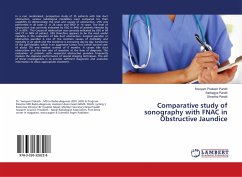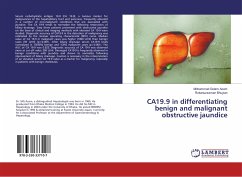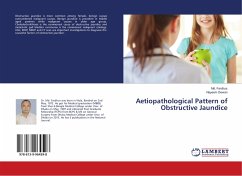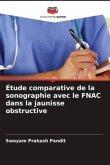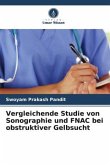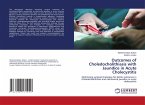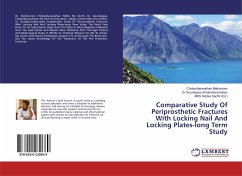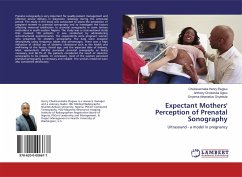In a non randomized, prospective study of 35 patients with bile duct obstruction, various radiological modalities were compared for their capability to demonstrate the level and causes of obstruction. USG was performed in all cases CT in 24 cases and ERCP in 14 cases. The level of obstruction was correctly indicated by USG in 94% of patients likewise by CT in 83% . The Causes of obstruction was correctly indicated by USG in 84 and CT in 58% of patient. USG therefore appears to be the most useful modality in the evaluation of bile duct obstruction. Surgical jaundice or obstructive jaundice is one of the common causes of morbidity and mortality in an adult and the incidence is increasing day by day. Carcinoma of the gall bladder, which is an aggressive tumor, has overall survival rate of about 5% and median survival of 6 months. It causes bile duct obstruction and has low rate of resection at the time of diagnosis. The evaluation of patients with suspected obstructive jaundice frequently involves the stepwise performance of several imaging techniques. The aim of these investigations is to provide sufficient diagnostic and anatomic information to allow appropriate treatment.
Bitte wählen Sie Ihr Anliegen aus.
Rechnungen
Retourenschein anfordern
Bestellstatus
Storno

